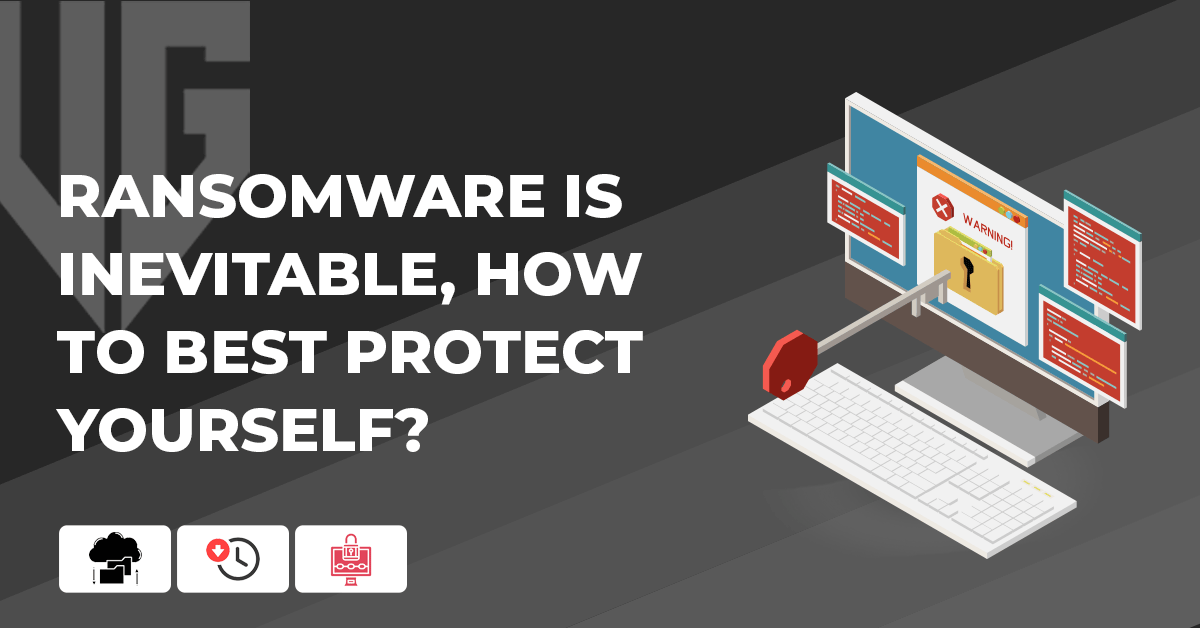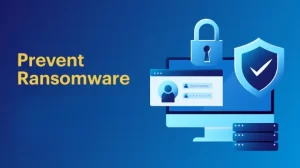
Ransomware attacks continue to evolve, becoming more sophisticated and damaging with each passing year. As we look ahead to 2025, it’s crucial to understand the latest attack vectors and how to protect yourself from these threats. Below is an upgraded version of the content, tailored to reflect the anticipated landscape of ransomware in 2025.
What is Ransomware?
Ransomware is a type of malware that encrypts a victim’s files or locks them out of their system, demanding a ransom payment (often in cryptocurrency) in exchange for restoring access. By 2025, ransomware has become even more advanced, with attackers leveraging artificial intelligence (AI) and machine learning to create more targeted and evasive attacks. Some of the most notorious ransomware families in 2025 include BlackMatter 2.0, LockBit 4.0, and Cl0p AI, which use advanced encryption algorithms and double extortion tactics (threatening to leak stolen data if the ransom isn’t paid).
Ransomware attacks are no longer limited to encrypting files. In 2025, attackers are also targeting IoT devices, cloud infrastructure, and even critical infrastructure like hospitals and power grids. The average ransom demand has skyrocketed, with some attacks demanding millions of dollars.
How do Ransomware Attacks work?

Ransomware attacks in 2025 follow a multi-stage process, often involving reconnaissance, infiltration, encryption, and extortion. Here’s how they typically work:
- Initial Access:
- Attackers gain access to a system through phishing emails, malicious attachments, or exploiting vulnerabilities in software or hardware.
- In 2025 AI-generated phishing emails are nearly indistinguishable from legitimate communications, making them highly effective.
- Lateral Movement:
- Once inside a network, attackers use tools like Pass-the-Hash or Lateral Phishing to move across systems and escalate privileges.
- Advanced ransomware strains in 2025 can autonomously map networks and identify high-value targets.
- Data Exfiltration:
- Before encrypting files, attackers exfiltrate sensitive data to use as leverage in double or triple extortion schemes.
- In 2025, triple extortion is common, where attackers not only encrypt data and threaten to leak it but also disrupt services or notify affected individuals.
- Encryption:
- The ransomware encrypts files using quantum-resistant encryption algorithms, making decryption without the attacker’s key nearly impossible.
- Ransom Demand:
- Victims are presented with a ransom note, often demanding payment in privacy-focused cryptocurrencies like Monero or Zcash.
- Attackers may also threaten to auction stolen data on the dark web if the ransom isn’t paid.
Common Ransomware attack Vectors
Ransomware is a type of malicious software (malware) that infects your system and demands money to unlock it. It can be one of the most devastating cyberattacks, leading to data loss and halting operations for businesses, organizations, and even individuals. Understanding how ransomware spreads—or what its attack vectors are—is key to protecting yourself from it.
Common ransomware attack vectors include:
1. Phishing emails:
These emails contain malicious attachments or links to infected websites in an attempt to install malware on your device without you realizing it. Attackers often use social engineering tactics in their phishing messages such as replicating bank communication or using urgent language like “click here now!”
2. Exploit kits:
This method works by exploiting vulnerabilities in applications installed on your machine, allowing attackers access into your network where they can deploy their ransomware payloads undetected.
3. Malvertising:
Also known as advertising-based malware, this tactic involves embedding malicious code into legitimate online advertisements seen through web browsers which then redirect users to exploit kit pages when clicked on or viewed with a vulnerable application such as outdated Flash Player programs or Java applications.
4. Remote Desktop Protocol brute force attacks:
This technique uses automated tools designed specifically for RDP servers that target weak passwords used by administrators who manage them remotely – making these systems particularly vulnerable if not properly secured against brute force attempts from hackers attempting entry into corporate networks using stolen credentials.
FAQs
5. Removable media devices:
USB sticks, CDs/ DVDs etc., can act as physical conduits for transferring malicious files onto computers without users being aware of the threat posed by any downloaded content stored within them. So caution should always be taken when downloading anything from external sources especially those obtained off public networks like torrent sites etc.
6. Watering hole attacks :
In this kind of ransomware attacks, attackers will place malicious code on popular websites frequented by potential victims in order to spread the ransomware more quickly across an array of machines with only minimal effort needed from the attacker themselves.
7. Unpatched software & hardware vulnerabilities :
By leaving security patches uninstalled , companies open up their systems for exploitation via known exploits targeting particular versions/iterations of certain products which allow attackers easy access into otherwise secure environments where they can then proceed unhindered until detected.
How to prevent a Ransomware Attack?

No one is safe from ransomware attacks. Not even large organizations with huge cyber security budgets are immune. The best way to protect yourself is to be proactive and take steps to prevent an attack before it happens. Here are some tips:
- Keep your operating system and software up to date. Install all security patches as soon as they are released.
- Use a reputable antivirus program and keep it up to date. Scan your computer regularly for viruses and malware.
- Don’t open email attachments from people you don’t know or trust. If you must, scan the attachment with your antivirus program before opening it.
- Be cautious when clicking on links in emails or on websites. Make sure the website is legitimate before entering any personal information or downloading anything.
- Backup your important files regularly so you can recover them if they are encrypted by ransomware. Store the backups offline so the ransomware attack can’t access them
- Educate and train your staff regarding ransomware attacks, such as recognizing a ransomware attack vector.
- Use security tools such as VPNs and antimalware software.
What to do in case of a Ransomware Attack?
If you’ve been hit by ransomware attacks, you should first disconnect your computer from the internet. This will prevent any more files from being encrypted and stop the malicious attack.
After that, it’s important to start restoring your data from a backup. This can be done easily if you have a regular backup of your data stored on an external drive or cloud storage service. However, if you don’t have a recent backup available, you may need to use alternative methods, such as a data recovery program to get some of your files back. Remember that these programs won’t always be successful and may not recover all of your lost files, so it is best practice to regularly back up your system just in case something like this happens again!
Once all of the necessary steps are taken to restore or retrieve lost data and clean up any residual malware left behind by the ransomware attacks, it’s important that you run a virus scan on your computer using updated antivirus software. The virus scan will detect any other potential threats present on your computer and help protect against future attacks. It is also recommended that users update their operating system with the latest security patches when possible as well as disable macros within Microsoft Office applications which can limit attackers’ abilities for exploitation through social engineering tactics or spear-phishing emails containing malicious code attachments etc.
Finally, after everything has been cleaned up and restored properly following a ransomware attack – ensure proper user education regarding cyber security best practices, including safe browsing habits & email management techniques, are implemented across an organization’s network environment (if applicable). This could go a long way toward preventing another similar event from occurring again in the future!
Final Words
While ransomware attacks are on the rise, there are steps you can take to protect yourself. Make sure your software is regularly updated, and use reliable antivirus programs that monitor for malicious activity. Back up your data frequently in case of an attack, so you don’t risk losing important files or documents. It’s also important to be aware of phishing scams and suspicious emails which could lead to a ransomware attack. Taking these precautions will help keep your data safe from ransomware threats.
![Ransomware attacks are inevitable: Best ways to ensure security [year]?](https://vpnguider.com/wp-content/uploads/2022/09/Fdv89x8W_400x400-removebg-preview.png)